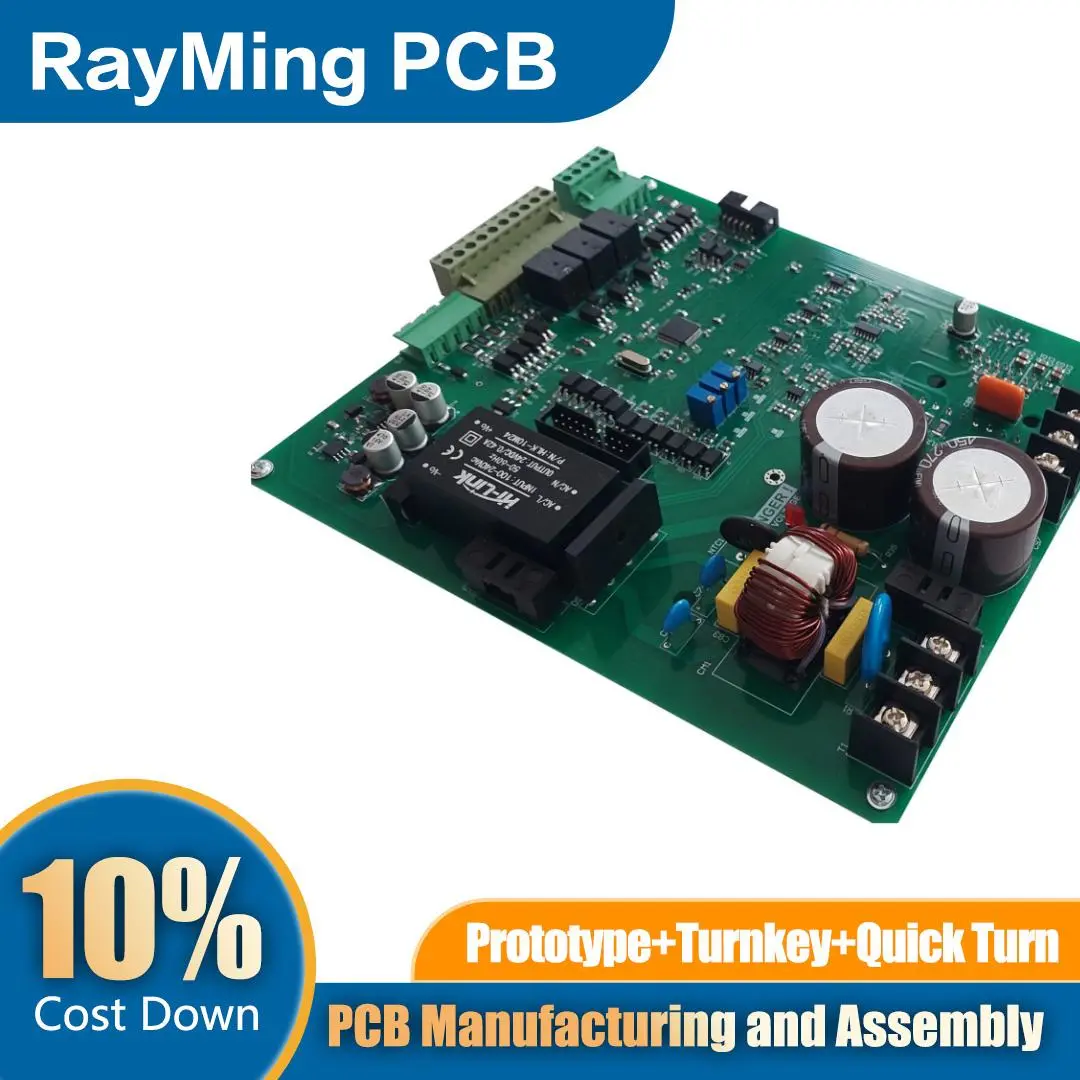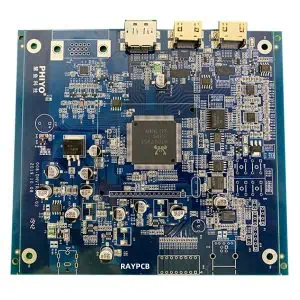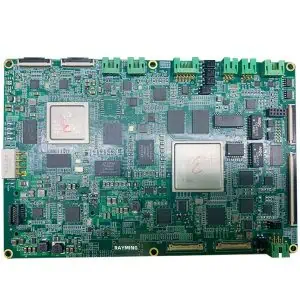Brushless DC (BLDC) motors rated at 800W represent a sweet spot in power applications, offering substantial torque and efficiency while remaining manageable in size and cost. These motors, coupled with appropriate drive systems, are pivotal in numerous applications ranging from electric mobility to industrial automation. Let’s explore the technology, applications, and considerations surrounding 800W BLDC motor drives.
Fundamentals of BLDC Motor Technology
BLDC motors differ fundamentally from traditional brushed DC motors by eliminating physical commutation via brushes and commutators. Instead, they utilize electronic commutation through a controller that energizes the stator windings in a precise sequence based on rotor position feedback. This 800W class motor typically features a permanent magnet rotor and a wound stator with three phases.
The elimination of brushes offers several advantages: reduced maintenance requirements, higher efficiency, improved speed-torque characteristics, better heat dissipation, and longer operational lifespans. An 800W BLDC motor generally operates at 24-48V DC, making it suitable for battery-powered applications while delivering sufficient power for demanding tasks.
Drive System Architecture
The drive system for an 800W BLDC motor consists of several key components working in harmony:
- Power stage: Typically using MOSFETs arranged in a three-phase bridge configuration capable of handling currents of 20-40A depending on voltage.
- Control microcontroller: Usually a 32-bit MCU with sufficient processing power to implement complex control algorithms and communication protocols.
- Position sensing: Either Hall effect sensors, encoders, or sensorless techniques that infer position from back-EMF measurements.
- Gate drivers: Circuits that amplify the control signals to properly drive the power MOSFETs with appropriate voltage levels and timing.
- Protection circuits: Overcurrent, overvoltage, thermal protection, and short-circuit detection mechanisms to prevent damage.
- Communication interfaces: Often including CAN, RS485, or other industrial protocols for integration with higher-level systems.
Control Strategies
The control of 800W BLDC motors typically employs one of several sophisticated algorithms:
Trapezoidal Control (Six-Step Commutation): The simplest method, where each phase is energized for 120 electrical degrees. While straightforward to implement, it produces more torque ripple than advanced methods.
Sinusoidal Control: Uses sinusoidal current waveforms to drive the motor phases, resulting in smoother operation but requiring more computational resources.
Field-Oriented Control (FOC): The most advanced approach, which manages the motor current vector to maintain optimal angle relative to the rotor flux, maximizing torque production efficiency. FOC offers superior dynamic performance, particularly for applications requiring precision control.
For an 800W motor, FOC is increasingly common as microcontrollers capable of executing the necessary calculations have become more affordable. The technique allows for better energy efficiency and smoother operation across the entire speed range.
Performance Characteristics
An 800W BLDC motor drive typically delivers:
- Maximum continuous torque of 1-2 Nm
- Peak torque of 3-5 Nm
- Speed ranges of 1,000-5,000 RPM
- Efficiency often exceeding 90%
- Power density of approximately 1 kW/kg
These specifications make 800W drives particularly suitable for applications requiring moderate power in compact installations.
Practical Applications
The 800W power range serves numerous applications:
Electric Mobility: Power-assist bicycles, lightweight scooters, and small personal mobility devices benefit from the compact size and sufficient power.
Industrial Automation: Conveyor systems, material handling equipment, and small robotic arms utilize these drives for precise motion control.
HVAC Systems: Energy-efficient fans and pumps in commercial buildings leverage the controllability and efficiency of 800W BLDC motors.
Medical Equipment: Devices requiring reliable, quiet operation such as ventilators and pumping systems.
UAVs and Drones: Larger commercial drones capable of carrying payloads often employ motors in this power range.
Design Considerations
When implementing an 800W BLDC motor drive, several factors require careful consideration:
Thermal Management: At 800W, heat dissipation becomes significant. Proper heatsinking for power electronics and adequate motor cooling are essential for reliable operation.
EMI/EMC: The high-frequency switching of the drive can generate electromagnetic interference. Proper PCB layout techniques, filtering, and shielding are necessary to comply with regulations.
Power Supply Considerations: Battery-powered applications need to account for voltage sag under load, while mains-powered applications require proper isolation and power factor correction.
Mechanical Integration: Mounting, vibration damping, and coupling methods must be designed for the application’s requirements, particularly in high-duty-cycle scenarios.
Current Trends and Innovations
The development of 800W BLDC motor drives continues to advance with several notable trends:
Integration: Modern drives increasingly combine the controller and power stage into a single compact unit, reducing system complexity and installation space.
Sensorless Control: Enhanced algorithms now enable reliable operation without position sensors in many applications, reducing cost and increasing reliability.
Wide-Bandgap Semiconductors: GaN and SiC devices are beginning to replace silicon MOSFETs in higher-end drives, offering better efficiency and thermal performance.
IoT Connectivity: Remote monitoring, diagnostics, and parameter adjustment capabilities are becoming standard features, enabling predictive maintenance and system optimization.
Implementation Challenges
While BLDC technology offers numerous advantages, implementing an 800W drive system presents several challenges:
Control Complexity: Particularly for FOC, the computational requirements and algorithm complexity represent a significant hurdle for developers.
Cost Optimization: Balancing performance with cost remains challenging, especially when competing with simpler motor technologies in price-sensitive applications.
Reliability Engineering: Ensuring robust operation under varying load conditions, temperature extremes, and in harsh environments requires comprehensive testing and validation.
Acoustic Noise: The switching frequencies of the drive can cause audible noise. Careful design of the control algorithm and mechanical system is needed to minimize this effect.
Conclusion
The 800W BLDC motor drive represents a versatile solution for applications requiring moderate power with high efficiency. As semiconductor technology advances and control algorithms mature, these drives continue to find new applications and displace older motor technologies. The combination of power density, controllability, and reliability makes them particularly valuable in the growing markets for electric mobility, automation, and energy-efficient systems.
For designers and engineers, understanding the intricacies of BLDC motor drives at this power level opens opportunities to create more competitive products with better performance characteristics. As the technology continues to evolve, we can expect further improvements in integration, efficiency, and cost-effectiveness, making these drives even more prevalent across diverse applications.
Learn more about: Prototype PCB Assembly





